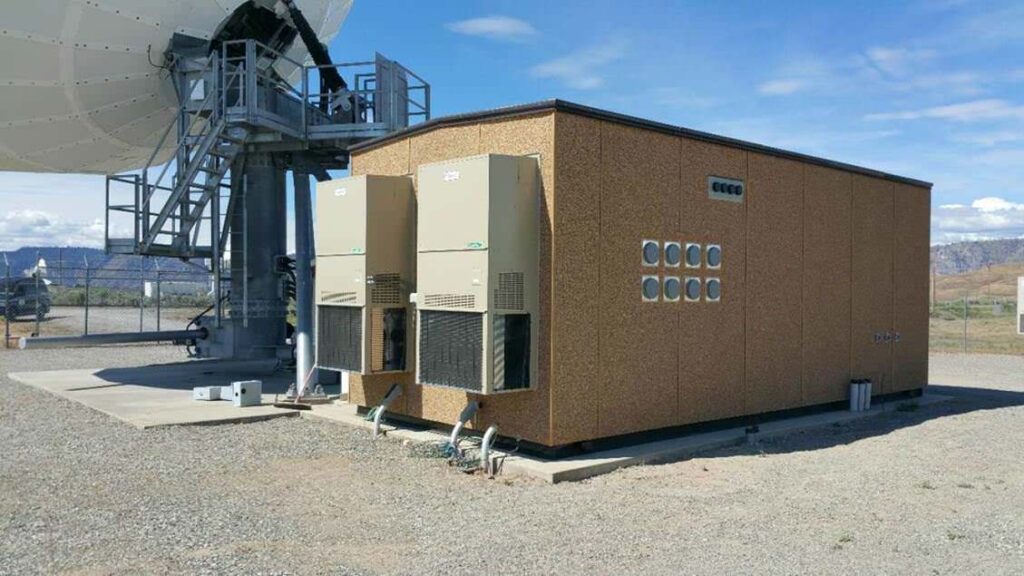In a previous post on the GovSat Report, we reported from the Hosted Payload and Small Sat Summit, which was a conference held in October and focused on the uses of hosted payloads and small satellites to accomplish government missions.

What we heard repeatedly during the conference was that the government and military understood the benefits of hosted payloads to their missions and budgets, but were concerned about the risks associated with utilizing them. This sentiment was shared by almost all of the government speakers at the event, and echoed in this statement by Major James Crane, the Deputy Branch Chief of the Air Force’s Hosted Payload Office, within the Space and Missile Systems Center (SMC):
“I would like to acknowledge the frustration that you all have with how quickly the government has adopted hosted payloads. It’s not really a technical issue. It really comes down to how the government deals with risk. We also have frustration from the side of the government with our inability to adopt hosted payloads.”
But not all agencies are finding hosted payloads too risky to implement. We recently discussed a successful NASA hosted payload program on the GovSat Report called Global scale Observation of the Limb and Disk or GOLD for short. Additionally, Raytheon and the Federal Aviation Administration (FAA) is currently working with SES Space and Defense on its own hosted payload program that – when complete – will deliver some essential and mission-critical information for the federal agency.

The FAA’s hosted payload program is called the Wide Area Augmentation Service (WAAS), and it is designed to provide real time GPS corrections from geosynchronous orbit (GEO) to augment the GPS signals being provided by the Air Force’s GPS fleet at Medium Earth Orbit (MEO). The WAAS signal adjusts the measured GPS positions to account for fluctuations in signal delays through the atmosphere due to ionization – providing enhanced safety of flight, more-direct routing for air traffic and eventually allowing GPS-guided precision approaches and landings.
So, where does the WAAS program stand?
A WAAS payload is hosted on the SES-15 spacecraft that is currently undergoing spacecraft level system test at Boeing. On schedule to launch from Kourou in the second quarter of 2017, the WAAS payload will transmit in the same L-band frequencies as the GPS fleet. C-band uplink of the WAAS signals relayed through SES-15 will come from two redundant earth stations; South Mountain, CA and Brewster, WA.
South Mountain has been preparing for installation of a Raytheon-provided C-band uplink antenna, and has received a new optical fiber connection to meet a requirement for physical diversity of communications.

The FCC licensing for the site is expected to be granted within the month. Meanwhile, an existing antenna at Brewster, WA has been retrofitted with a modified circular feed and similar L-band receive Phased Array Antenna (PAA). USEI, the Brewster site owner, had also made upgrades to the generators and UPS to ensure resiliency.
In-orbit operations are expected to commence in the first quarter of 2018. Signals from the WAAS payload on SES-15 will begin transmitting through to GPS receivers over the US later in 2018, following a trial and testing period.
The WAAS program continues to be an excellent example of a recurring operational hosted payload success for the USG.
For additional information on hosted payloads and the ways in which they can help the federal government by increasing access to space and cutting costs, click on the following resources:
